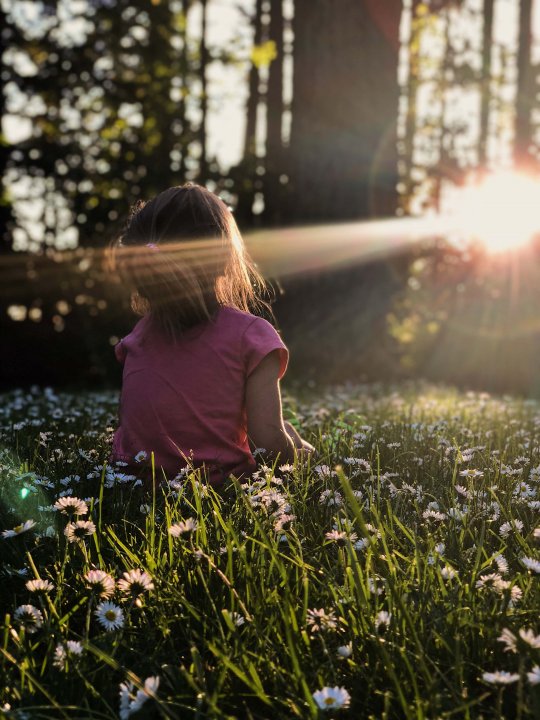Life on autopilot
In the morning, on our way to work or driving our child to preschool, we are on autopilot, already busy thinking about the day ahead. We automatically take the right turns as it’s the hundredth time we take this route, not always noticing what we’re passing on the way. Do we pay attention to the buildings, to nature and to the way this view affects us? Could we reconstruct our daily route in our minds? Maybe, along the way, there’s a place that you particularly like or one that you’d like to avoid? We can approach our relationships in a similar way. Rushing your day and being stuck in a rut, limit our ability to see ourselves. It limits our vision of what’s happening to us, the impact we have on ourselves and what emotions accompany us. Therefore, we may miss the processes we and our loved ones go through. So, let’s stop for a moment. Let’s take a breath and feel.
Slow down
We invite you to practise mindfulness. Close your eyes for a moment. Listen to the sounds of the room you’re in... Maybe you can hear what’s going on outside? Now concentrate on the sounds outside the window... Now listen to your body. Try to feel your breath and for a moment focus on tracking how you’re inhaling and exhaling. Open your eyes slowly.
Stop and listen
Sometimes in our daily rush, we don’t notice that right next to us, there’s someone who needs our attention. And sometimes we think that no one can hear us... How do we feel then? What can we do? Such reflection can be a starting point for talking to children about seeking understanding and a common language, about mindfulness, tuning in to others, about peace and needs.
Feel
When we’re detached from our emotions, our vision of the world may be distorted. The way we are perceived by others may not be consistent with who we are either. We often deliberately disconnect from our feelings because they can be difficult. Some of us just haven’t learned to express them in a safe and adequate way. That is why it’s important to teach children to recognise, name and express emotions from an early age. A good excuse to talk about emotions may be referring to the experiences of the characters from your children’s books.


